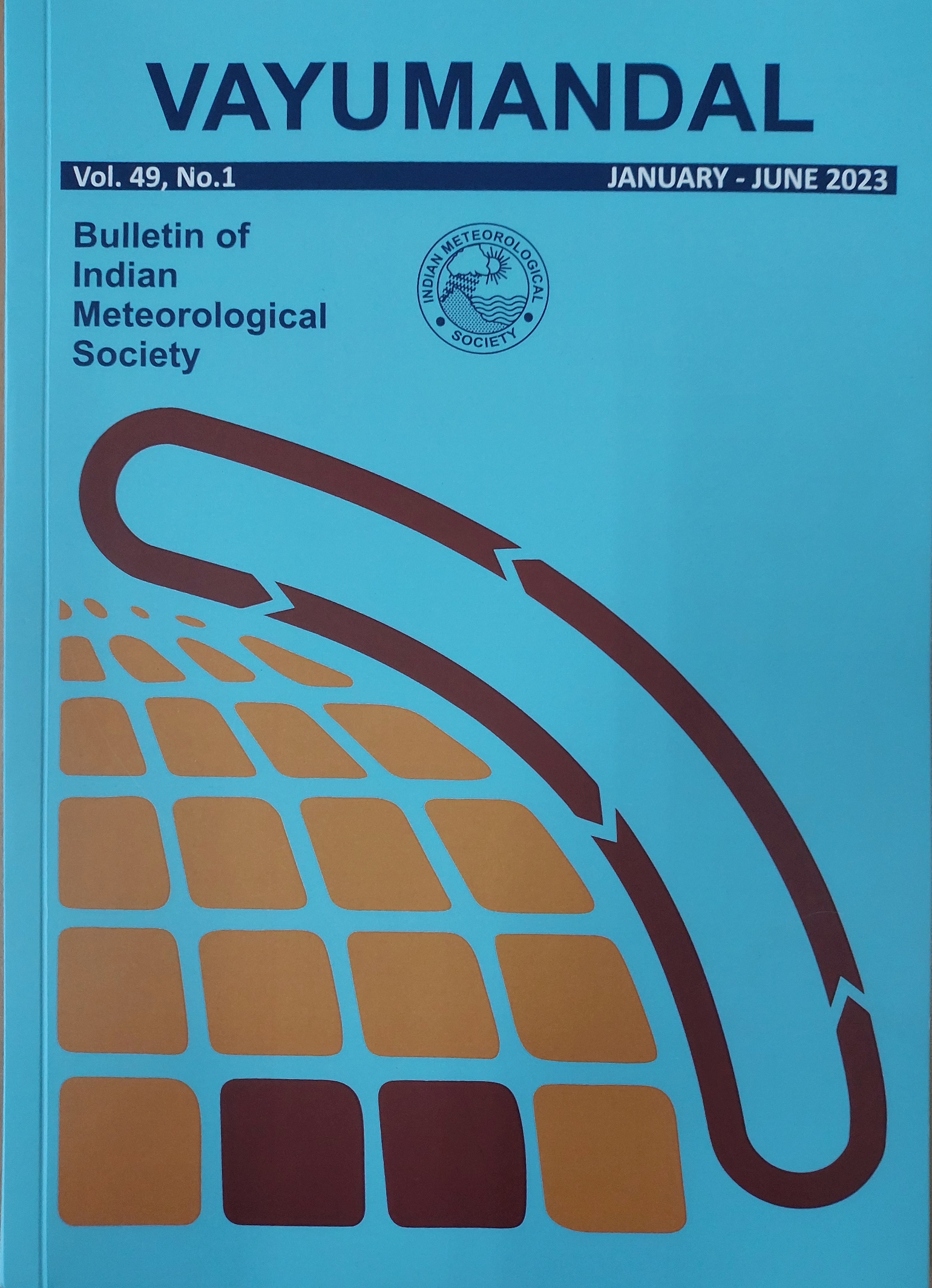Earthquake monitoring over Indian domain
Abstract
Seismic events are most disastrous and unpredictable natural hazard which occurs almost instantly. Recent advancement of sensor technologies, automatic processing, data acquisition, digital processing and smarter communication play an important role to provide adequate information almost instantly. National Centre for Seismology (NCM), Ministry of Earth Sciences (MoES) plays an important role in real time monitoring of seismic activities in Indian region and neighboured. Precise and timely information reception and dissemination of seismic tremors is the key of success and mainly depends on the selection and robustness of the seismic stations. Therefore, it is essential to minimize the influence of undesirable or unrealistic vibrations and disturbances around the selected seismic stations. In this paper authors utilized a statistical method called Probabilistic Power Spectral Density (PPSD) based on the standard spectral density plots generated through SEISAN software program running at National Seismic Centre (NSC), New Delhi. The strength of robustness of any station depend on the increase in ambient vibration levels which can be reflected in lower and upper tolerance limits of plots generated. This analysis is very useful in diagnosing the seismic noise in digital seismic telemetric monitoring network and in determining the noise conditions in selected sites before establishing a countrywide seismic network of Indian domain. PPSD analysis is useful for long-term vibration behaviour of the selected stations or observed area. For brevity, authors have presented the analysis of six stations only and it has been found that the noise levels were confined within new LNM and HNM and can said have good performance. However, the cultural effects cannot be ignored completely.
Copyright (c) 2023 Vayumandal

This work is licensed under a Creative Commons Attribution-NonCommercial 4.0 International License.
All articles published by VAYUMANDAL are licensed under the Creative Commons Attribution 4.0 International License. This permits anyone.
Anyone is free:
- To Share - to copy, distribute and transmit the work
- To Remix - to adapt the work.
Under the following conditions:
- Share - copy and redistribute the material in any medium or format
- Adapt - remix, transform, and build upon the material for any purpose, even
commercially.


